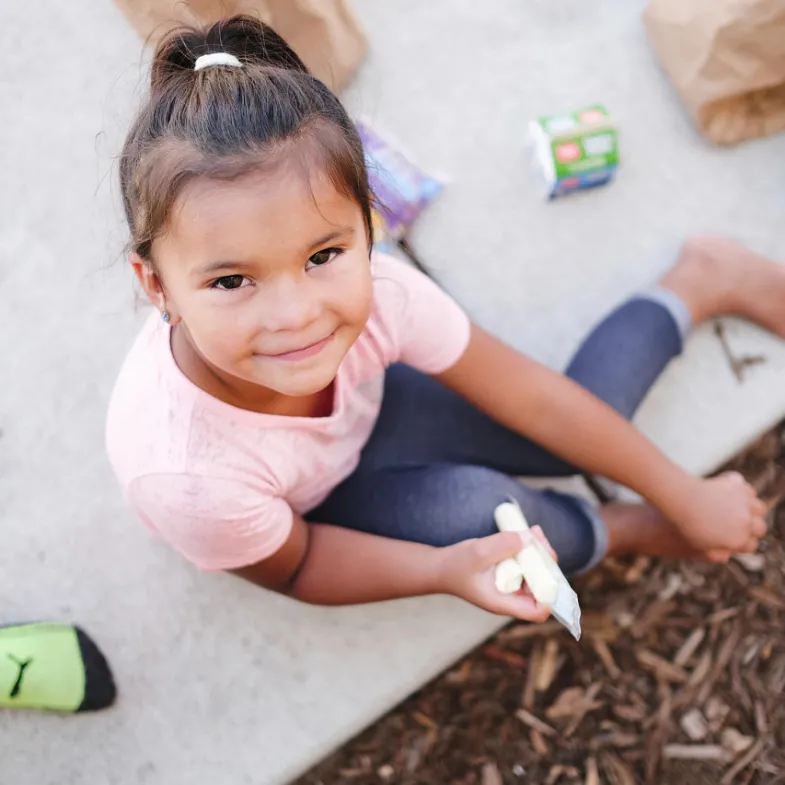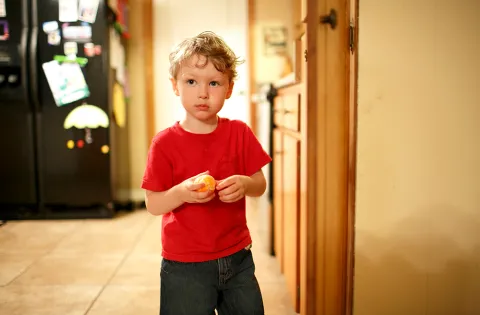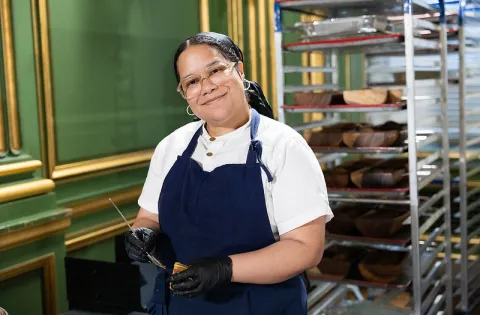Last year, at the height of the COVID pandemic, No Kid Hungry provided grants and support to local organizations across the country who were doing everything they could to make sure their students got healthy food.
But what about children too young to attend school? Even now, as many as 1 in 8 kids in the United States are living with hunger.
No Kid Hungry came up with a plan to help children under the age of six by providing grants to childcare centers, local health departments and community groups that needed help feeding kids.
We provided $3 million in grants to 126 different organizations across the country - each organization received an average of $25,000. The majority of these groups serve children in communities of color, including children from immigrant and refugee families.
“I saw a family last week in the clinic, a single mom with four young kids,” said Susan Cohen of the Children’s Hospital Foundation in Louisville. “She shared that they sometimes run out of food. When I offered food from our food bank she seemed hesitant to say yes. She got tearful when she explained how hard it is to stretch food out sometimes but she didn’t want to take food from other people who need it. I told her that we absolutely love giving food from our food bank - and her children got to pick out their own fruits and vegetables.”
The organizations we funded used the money to feed kids in a variety of ways:
- Health and hospital systems departments and similar groups used the funds for emergency food programs; screenings for food insecurity when kids were visiting healthcare providers; and providing formula for infants.
- Child care centers used the funds to provide fresh food baskets; create outdoor gardens and kitchens; launch a mobile food delivery service for low-income families; and work with local farmers to provide lunches on the weekends.
- Community groups used the funds to pilot a food ordering system for WIC recipients; help families understand how existing government meals programs can help them; and provide newly-arrived refugee and immigrant children with meal kits featuring foods that were familiar to them from their homelands.
But our work with didn't stop with providing funds. The leaders of these programs have been meeting regularly - to learn from one another and to help No Kid Hungry become more effective. As we continue to fund more programs focused on very young children, we're working to better understand how we can support them.
“The funding from No Kid Hungry was particularly important during the baby formula recall and supply chain food shortages,” said Filomena Ahlefeld, WIC program director for The Foundation for Delaware County, a community foundation that provides public health programs in Delaware County, Pennsylvania. “One mother shared with us how stressful it was for her to care for her three children during the formula recall - she was able to use the gift cards we provided.”
But we’re only able to reach a fraction of the kids who need our help. When we saw how many local organizations applied for the grants, we increased the amount of funding available - from $2 million to $3 million, thanks to the support of our donors. But even with that increase, we had to reject more than 90% of the organizations that applied due to lack of funds.
As No Kid Hungry expands beyond schools to reach more young children, we will continue to rely on our supporters to make this work possible.



